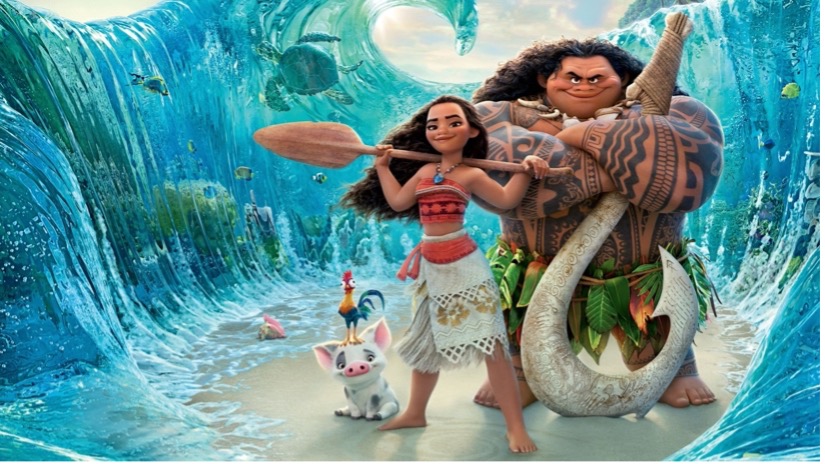The role of cultural representation in the media is highly significant in today’s society as it can appeal more to certain audiences, particularly the audience of the culture or language being displayed.
More recently, a variety of different cultures have been represented in the media a lot more as it also educates people from a younger audience. For example, a lot of Disney’s recent projects have been portraying people from Polynesian islands (Moana 2016), Colombian culture (Encanto 2021) and many more.
Cultural Appropriation
With representing cultures, it can sometimes be used to portray harmful stereotypes of some ethnicities and cultures which can then be seen as cultural appropriation. Disney has been criticized in some cases for doing this. Disney, the kids-movie-making conglomerate, recently released its new animated film “Raya and the Last Dragon.” On paper, the Southeast-Asian inspired film could have been a wonderful addition to Disney’s increasingly diverse repertoire, riding the coattails of success from their other culture-specific films.

The 2016 Māori and Polynesian-inspired film “Moana” provided a fresh breath of air amid Disney’s Eurocentric princess films, and it was followed by live-action versions of originals with protagonists of colour like “Aladdin” and “Mulan.” But, characteristic of Disney, a lot of the criticism for its most recent venture into ethnically diverse storytelling comes from the performative angle the company seems to be taking, dropping the ball on actual representation.

“Raya and the Last Dragon” is set in a fantasy location inspired by the entirety of Southeast Asia. That concept already raises many red flags. Despite meaning a movie lumping together any large group of people and co-opting their culture and experiences for “representation” is just an easy way for Western creators to check us off their diversity list. Just as how it is racist to conflate the entirety of East Asian culture, the rest of Asia also deserves the same pushback from audiences when it happens to that area’s cultures.
So, it is very important for projects and businesses in the media to understand the difference between cultural representation and cultural appropriation. A project needs to also educate the viewer about a certain culture or ethnicity. This can be by using the language spoken of that certain ethnicity, or clothing, or even architecture.